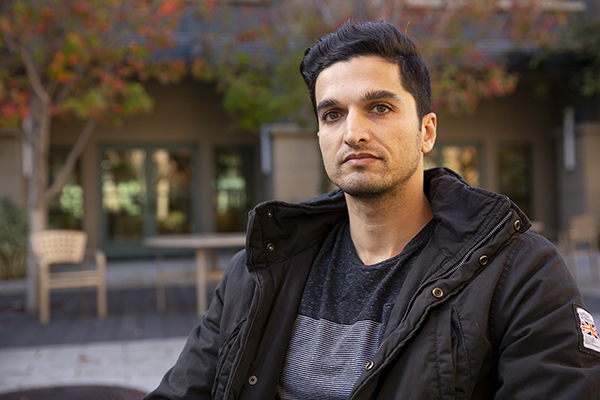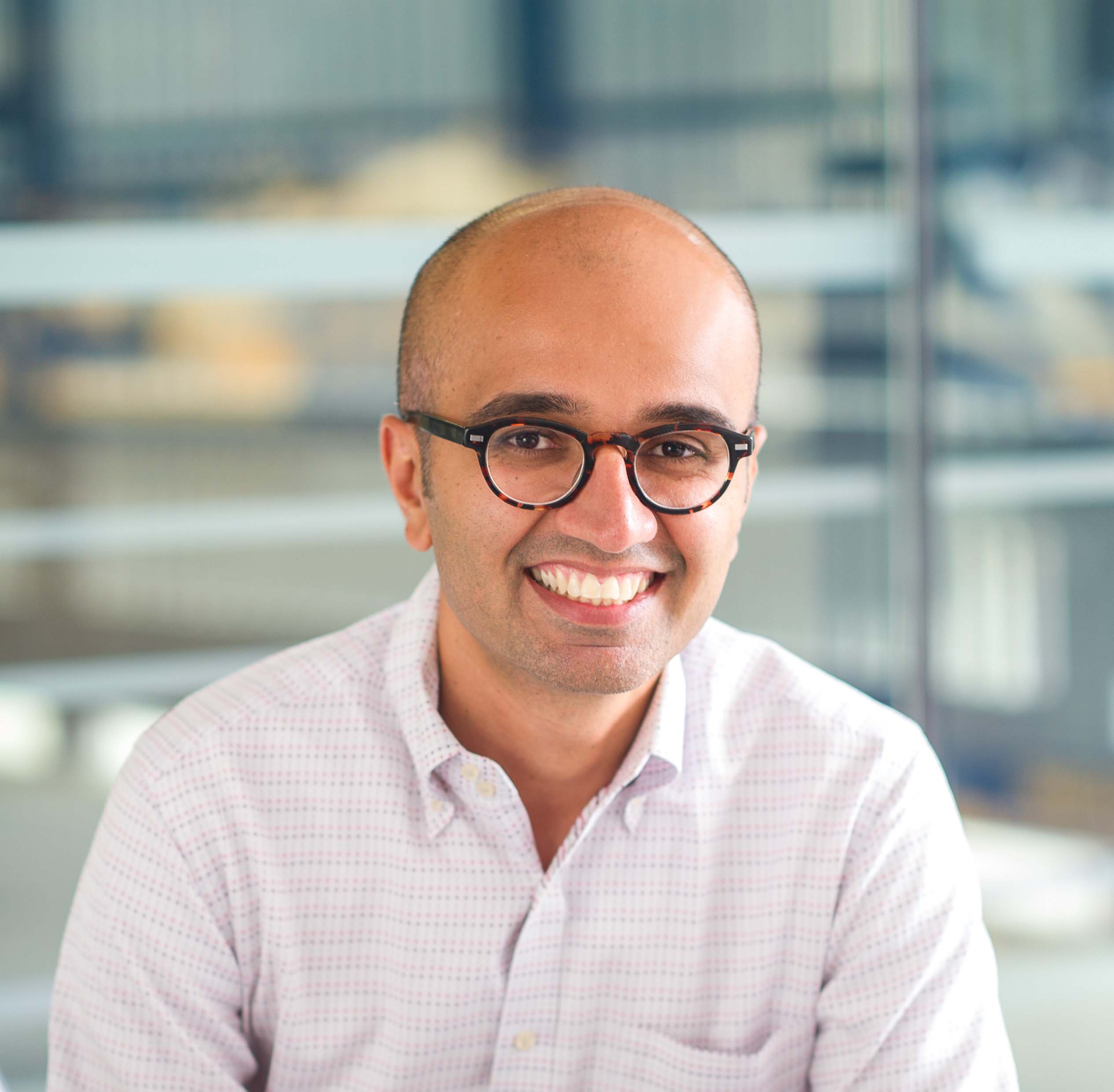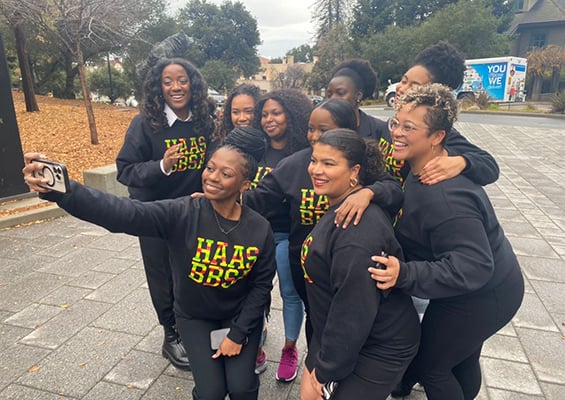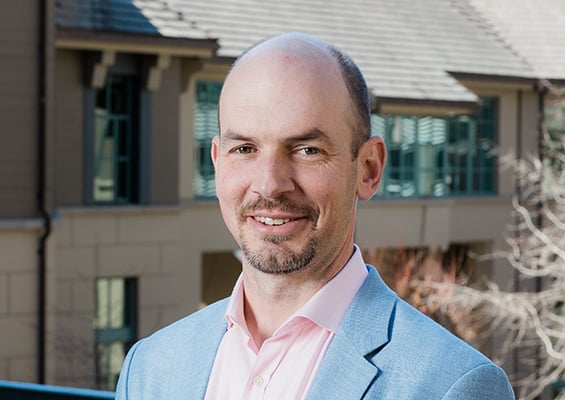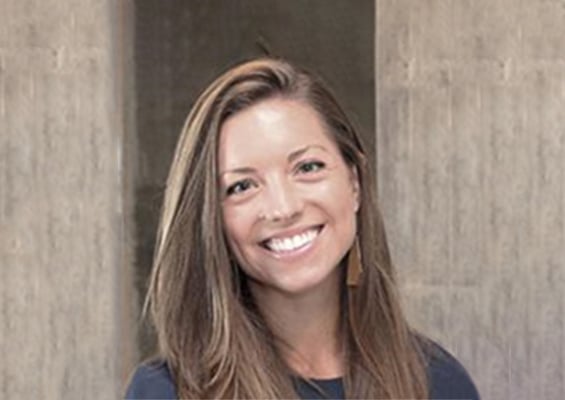Before he re-engineered his career, Mandar Kulkarni was creating the blueprints for next-generation technology. Working as a design engineer, he developed chips for implantable medical devices for Cactus Semiconductor in Chandler, Arizona. He designed optical fingerprint sensors and touchpads for mobile devices at Synaptics in San Jose.
The hands-on technical work was exciting. But it was also highly specialized and confined by each vertical niche. Kulkarni longed to see the big picture—and redesign it.
“I wanted to get into something more strategic,” he says. “The career that best fit what I wanted to do was consulting.”
Kulkarni enrolled in the Evening & Weekend program at Berkeley Haas to accelerate his transition. The program allowed him to tailor his curriculum to broaden the highly technical skill set he had acquired as an engineer.
“It’s a shift from a vertical to a horizontal kind of job,” he says. “I wanted to keep my MBA as general as possible, so I tried to take a class in every field.”
Mid-way through his MBA program, Kulkarni landed a consulting job through an on-campus job interview arranged by the Career Management Group. After helping him fine-tune his resume, industry specialists on staff helped him prepare for rigorous case interviews — the extemporaneous business riddles that consulting firms use to test a candidate’s critical thinking.
“To be good at a case interview, you have to practice,” Kulkarni says. “Most of the time, people practice in pairs. That’s easy if you’re a full-time student — you can be on campus and get together for face-to-face interviews. But that’s not always possible for Evening & Weekend students.”
In addition to some face time with fellow MBA students, Mandar practiced in a series of Skype sessions with a Haas advisor who simulated the case interview process. “That was instrumental in preparation,” Kulkarni says.
He nailed his case interview with Simon Kucher & Partners, a strategy and marketing consultancy with offices in 25 countries. They hired him before he even completed his MBA. At his new consulting job, he specializes in pricing strategy for Fortune 500 clients.
“I’m pretty much using everything I’ve learned in the MBA,” he says, especially the courses he chose to broaden his skill set. “The classes that made the most impact for me were Negotiations and Conflict Resolution, Leading People, and Building Trust-Based Relationships—the soft skills.”
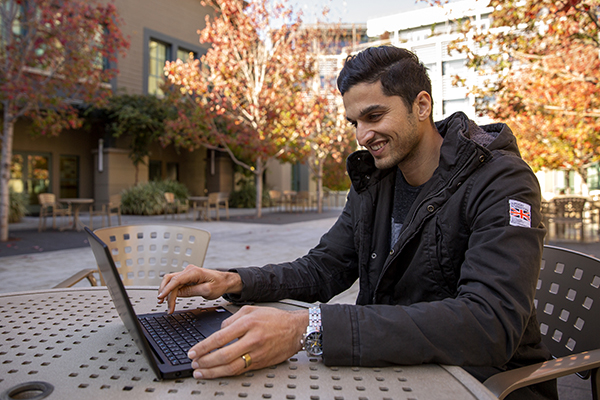
Between Fortune 500 clients, Kulkarni has also had the chance to work with nonprofits. Through an experiential learning elective called Social Sector Solutions, his team worked with the Museum of the African Diaspora, a San Francisco-based Smithsonian affiliate museum in need of a digital strategy.
The Berkeley Haas Innovation Lab, a 2,700-square-foot facility designed for collaboration, served as the semester-long project’s base camp. Kulkarni and his team met weekly with the client and visited the museum several times to interview staff members. The team presented the client with specific recommendations for a more engaging website, interactive exhibits, a social media plan, and digital marketing initiatives to boost sales and foot traffic.
“It’s like a consulting project for the nonprofit sector,” Mandar says. “I’ve been telling everybody: You should do this to understand what a consulting job looks like. Plus, it’s done in conjunction with McKinsey & Co. If you put that on your resume, it’s going to stand out.”
Slated to graduate in 2019, Kulkarni has become active in student leadership as vice president of Academics and executive vice president of the EWMBA Association. In those roles, he has learned to gather feedback from students and relay it to the Program Office, shaping the direction of the program.
It’s the kind of big-picture thinking that made him want to be a consultant. Now that he has fully transitioned from the vertical world of design engineering, he says he loves the strategy—and the C-level views.
“I went from working with a few engineers to presenting to the executives of $100-million companies.”




